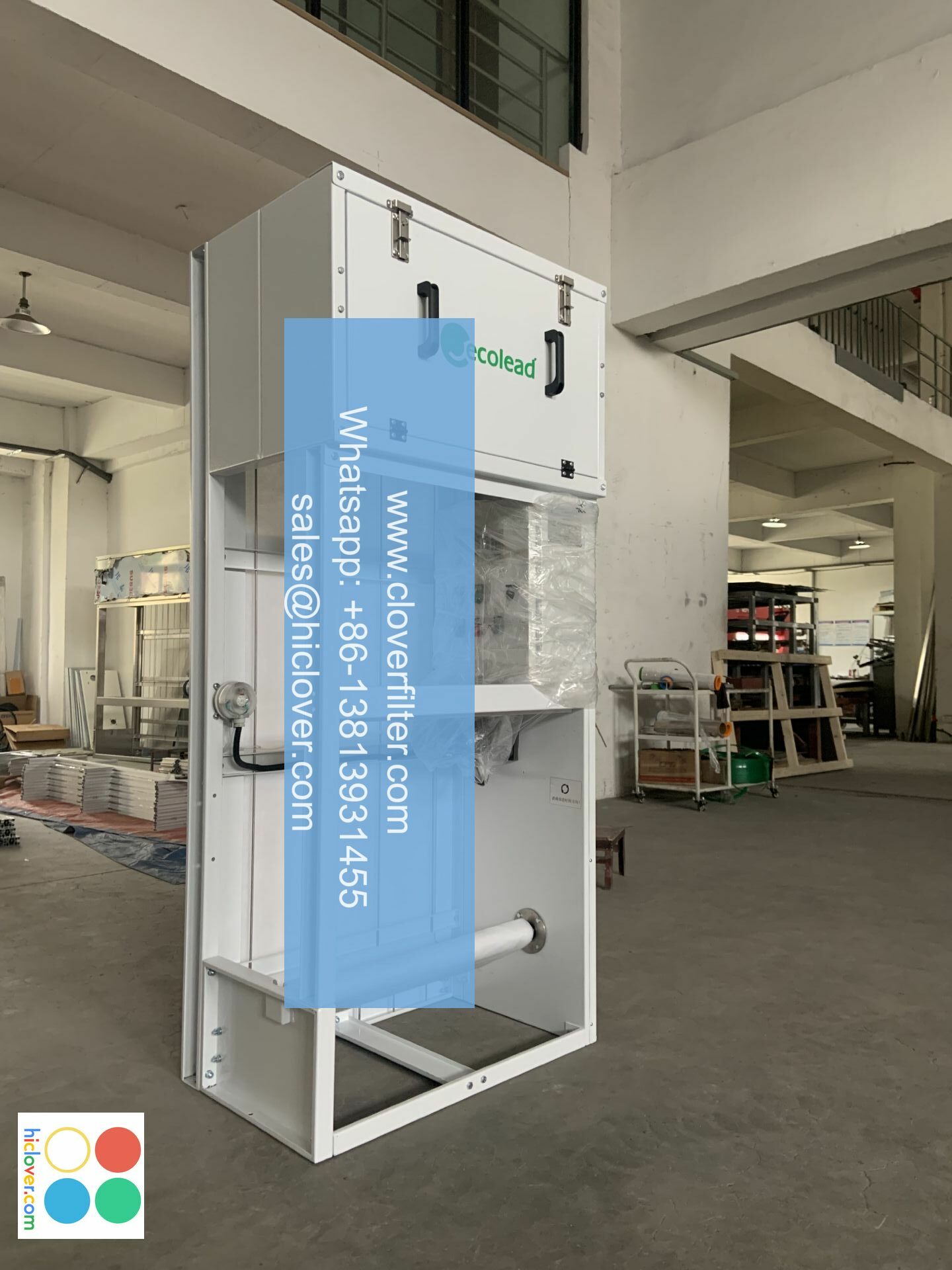The Dark Side of Clean Air: How Air Filters are Affecting the Environment

The Dark Side of Clean Air: How Air Filters are Affecting the Environment
Introduction
Air filters are a crucial tool in maintaining healthy air quality indoors and outdoors. They play a vital role in removing pollutants and allergens from the air we breathe, allowing us to breathe easily and without any health complications. However, as with anything, there are some dark aspects to consider, and the effect of air filters on the environment is one that is often overlooked. In this article, we will explore the potential negative impact of air filters on the environment and highlight the need for responsible application and proper disposal.
Microplastic Contamination
Air filters can contain microplastics, small plastic particles less than 5 millimeters in size, which are released into the environment through air filter waste and disposal. These microplastics can travel through waterways, contaminate soil, and even make their way back into the food chain. Microplastics are not only hazardous to the environment but also harm animals and even humans who consume contaminated food.
Energy Consumption and Carbon Emissions
Another environmental concern with air filters is the energy consumed to power and maintain them. The energy consumption of air filtration systems can have a significant carbon footprint, particularly if they rely on fossil fuels for power generation. Furthermore, the production process of air filters requires energy, resources, and transportation, resulting in additional environmental impact.
The Problem with Single-Use Filters
Many air filters, particularly those designed for personal protection or household use, are disposable and designed for single-use. This means they contribute to an overwhelming amount of waste, ultimately ending up in landfills, oceans, or other ecosystems where they can contaminate and harm the environment. The trend of single-use filters has given rise to microplastic contamination and the pollution of water and soil.
Eco-Friendly Alternatives
Fortunately, there are alternatives to traditional single-use air filters that can have a positive environmental impact. Consider using reusable and washable filters made from natural or recycled materials, such as activated carbon and cellulose fibers. These options reduce waste generation, minimize the risk of microplastic contamination, and even support sustainable industries.
Smart Application Areas
The application areas where air filters can have the most significant positive impact on the environment are critical to consider:
- Indoor Spaces: Air filters in indoor spaces can help prevent airborne pathogens, reduce energy consumption, and decrease waste generation through responsible filter usage and disposal practices.
- Industrial Environments: Large-scale industrial operations, such as power plants and manufacturing facilities, can benefit from eco-friendly air filters designed specifically for their industrial settings.
- Commercial Settings: Establishments like healthcare facilities, airports, and educational institutions can choose eco-friendly filters and implement effective recycling programs to minimize waste generation.
- Personal Care: Individuals with respiratory issues can benefit from personal air filters with minimal environmental impact, such as those made from reusable and biodegradable materials.
Conclusion
Air filters are a valuable tool in maintaining clean air quality, but they must be handled responsibly to ensure the environment’s health. Understanding the potential environmental drawbacks of air filters can inform the adoption of eco-friendly practices and technologies that support sustainable industries and reduce pollution. By applying air filters strategically in various areas and opting for responsible disposal, we can achieve a healthier, cleaner environment without sacrificing air quality.
Related Keywords: microplastic pollution, air quality, environmental sustainability, eco-friendly filters, renewable energy, biodegradable materials, responsible waste disposal, sustainability practices.
I’m happy to help! However, I don’t see a prompt from you. Could you please provide one? What would you like to talk about or ask?


